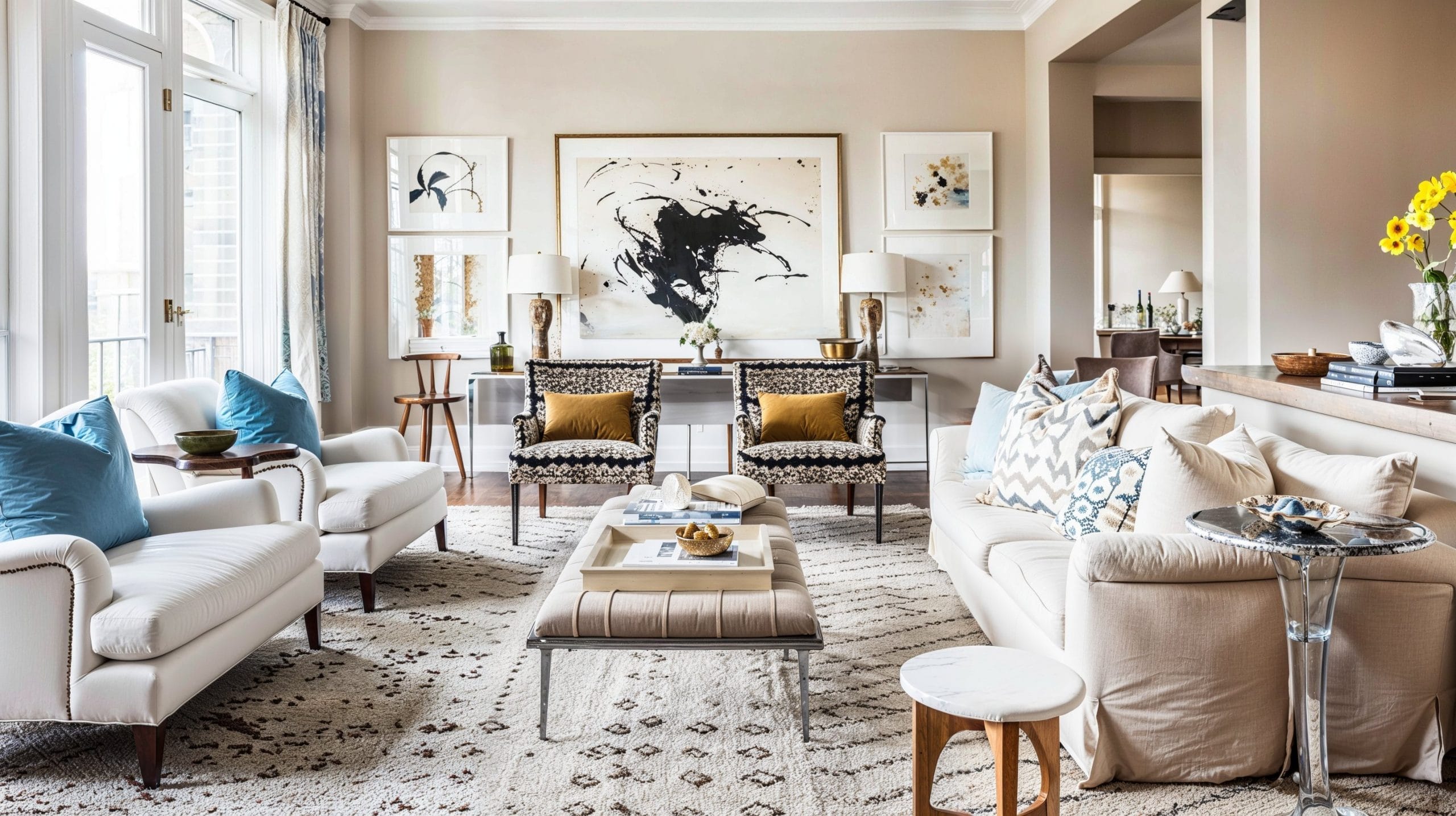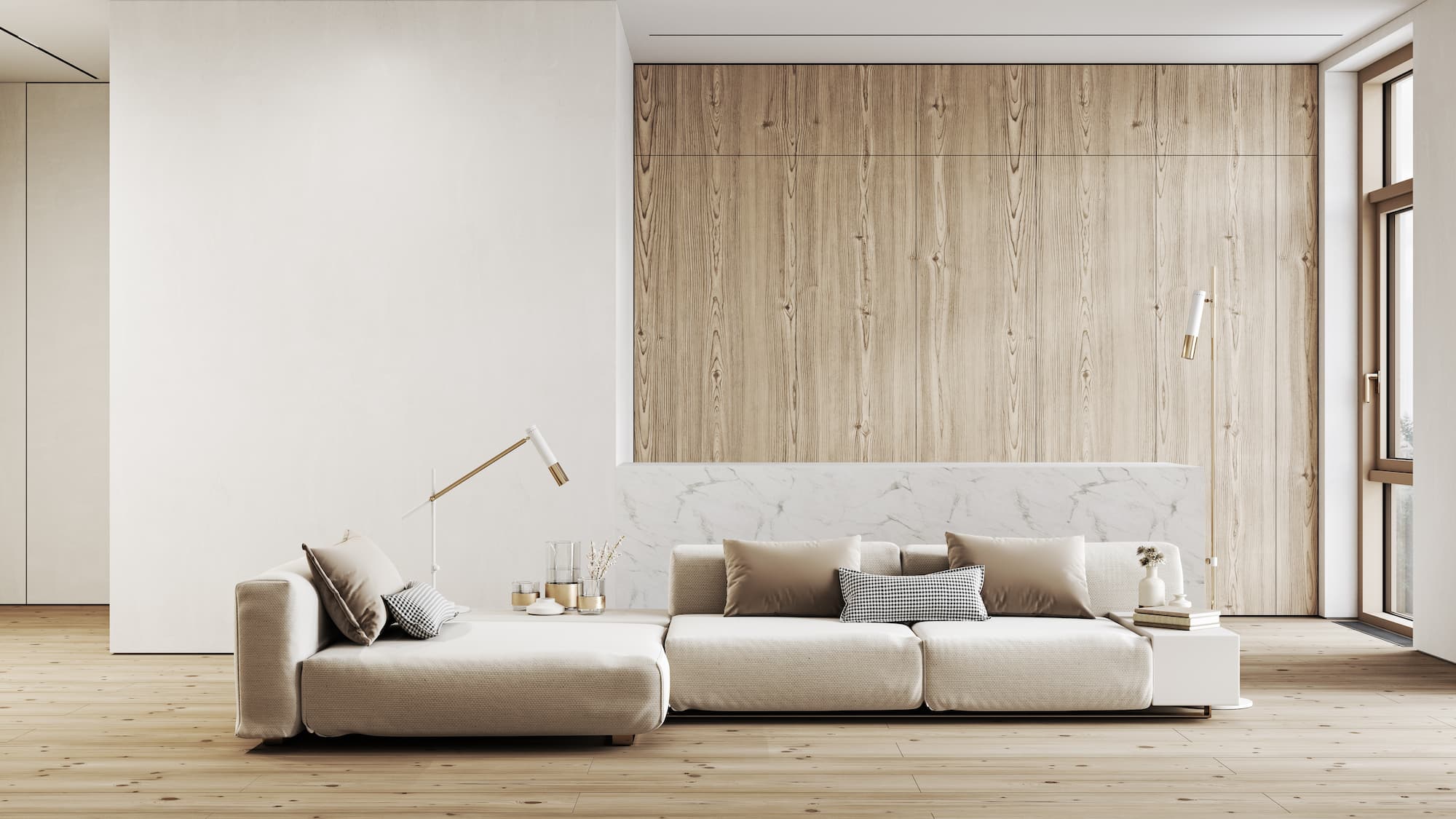Transform Your Home With Necessary Concepts of Interior Decoration and Looks
By recognizing the impact of color concept and the significance of structure and patterns, one can create rooms that are not just aesthetically appealing but likewise deeply individual. Accomplishing this balance involves even more than plain decor; it includes a tactical arrangement and an eager understanding of exactly how each aspect communicates within a space.
Recognizing Color Concept
Color theory is a fundamental facet of interior decoration that dramatically affects mood, assumption, and total visual. Recognizing the concepts of color theory permits developers to create rooms that resonate psychologically with passengers while meeting practical needs (luxury interior design). Shades can be classified into 3 main kinds: primary, secondary, and tertiary. Each classification plays an important role in developing harmony within an area.
The mental influence of colors is extensive; warm hues such as reds and oranges stimulate power and heat, while trendy tones like blues and greens advertise peace and harmony. The use of corresponding colors boosts aesthetic passion, producing striking contrasts that can elevate a room's appeal.
Neutral colors, on the various other hand, act as a flexible backdrop, permitting various other layout elements to shine. It is necessary to take into consideration elements such as lights and the room's objective when selecting a shade scheme, as these can alter the assumption of colors throughout the day.
Inevitably, a well-considered color plan can transform a room, fostering a feeling of convenience and design that aligns with the inhabitants' choices. Proficiency of color theory is, consequently, an essential skill for any type of interior designer intending to develop harmonious and welcoming atmospheres.
Achieving Equilibrium in Design
Exactly how can designers achieve a feeling of balance in their areas? Attaining equilibrium in layout is basic to developing harmonious insides. Designers can use three key kinds of balance: symmetrical, asymmetrical, and radial. Symmetrical balance includes arranging aspects evenly around a central point, cultivating a feeling of order and peace. This type often includes pairs of furnishings or art work, improving aesthetic security.
Asymmetrical balance, on the other hand, depends on varying components that still accomplish a cohesive look. This approach enables even more vibrant and informal plans, providing rate of interest while preserving balance. By very carefully selecting differing dimensions, shades, and textures, designers can develop a visually engaging space that feels well balanced yet energised.
Radial balance highlights a central prime focus with aspects radiating outside. This design is commonly seen in round formats, where furnishings and decor develop a natural surround that draws the eye internal.
Inevitably, achieving equilibrium requires thoughtful factor to consider of scale, proportion, and the connections in between aspects. miami interior design. By masterfully using these equilibrium concepts, designers can transform areas into settings that really feel both aesthetically pleasing and functionally harmonious, improving the overall experience for owners
Value of Spatial Recognition

An eager sense of spatial recognition permits designers to recognize centerpieces within an area, guiding the visitor's attention to vital features while maintaining a general sense of unity. It additionally assists in the tactical positioning of lighting, which can significantly affect the perception of area and mood. Understanding spatial connections allows the designer to provide to the specific needs of citizens, making sure that each area offers its desired function without compromising visual appeals.
Eventually, spatial recognition is essential for making best use of the potential of any interior room. By very carefully considering the interaction in between dimensions, format, and feature, developers can develop settings that not just fulfill sensible demands but also stimulate a feeling of comfort and elegance, enhancing the overall living experience.
Integrating Appearance and Patterns
Embracing a diverse variety of appearances and patterns can dramatically boost the aesthetic and responsive allure of an indoor area. The strategic use different materials-- read such as wood, metal, material, and rock-- creates deepness and rate of interest, making an area really feel more inviting and vibrant. Incorporating smooth surfaces with harsh appearances can establish an equilibrium that draws the eye and involves the senses.
When including patterns, take into consideration both scale and repetition. Large patterns can work as prime focus, while smaller, subtle designs can match various other elements without overwhelming the space. Layering patterns, such as pairing floral paddings with candy striped throws, adds complexity and a sense of harmony if implemented attentively.
It is likewise vital to maintain a cohesive shade palette, making sure that textures and patterns interact instead of contend for interest. By choosing a couple of vital structures and patterns, you can produce a combined visual that shows your personal style while boosting the total atmosphere of the room. Inevitably, the cautious incorporation of these aspects can transform a mundane room right into an innovative environment rich with personality and heat.
Customizing Your Area
Creating an area that shows your character is vital to achieving a really welcoming atmosphere. Personalization in interior decoration permits you go right here to infuse your unique style and interests right into your home, changing it from a mere shelter into a shelter that speaks to that you are. Begin by choosing a color scheme that reverberates with your feelings-- vibrant hues can energize, while soft tones provide serenity.
Integrate art work and decoration that mirror your passions, whether it be traveling, nature, or abstract concepts. Showing individual collections, such as publications, photographs, or mementos, can evoke treasured memories and create focal points within an area. In addition, consider personalizing useful items, like upholstered furnishings, to line up with your aesthetic choices.

Final Thought
In conclusion, the makeover of a home through the crucial principles of interior decoration and looks demands a thorough understanding of color concept, equilibrium, spatial recognition, appearance, and customization. Each element adds significantly to producing an unified and useful living atmosphere - miami interior design. By thoughtfully integrating these principles, individuals can enhance the aesthetic allure and psychological vibration of their spaces, ultimately promoting a home that mirrors special identities while offering comfort and functionality